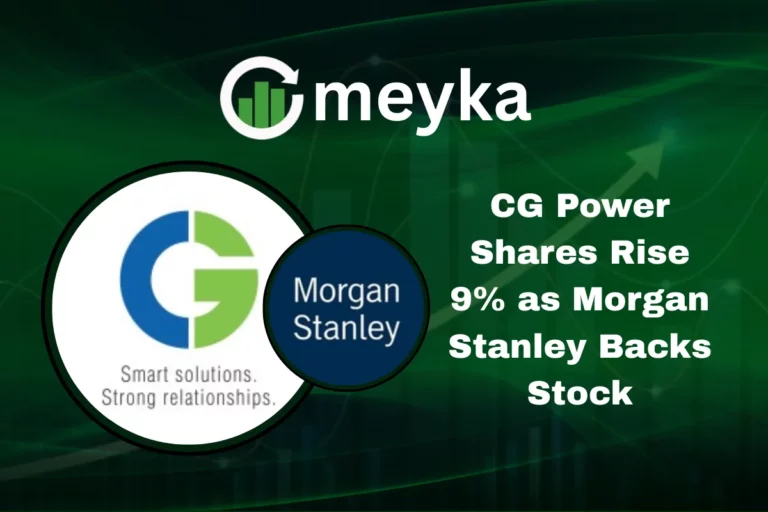Reliance Industries Performance: Mixed Technical Signals Despite Strong Market Momentum
Reliance Industries has been a market leader, driven by gains in telecom and retail, and a strong push into new energy. Street momentum has been visible after a sharp 2025 rally, yet recent headlines about delayed IPO plans and short term profit taking have cooled sentiment.
The Economic Times notes a near 24% rally earlier in 2025 and a slip from 52 week highs after reports of postponed IPOs, creating a debate: is this a breather or the start of consolidation?
Why is that happening? Because big corporate headlines and near term catalysts such as listing timelines shape investor confidence even when long term fundamentals remain solid.
Reliance Industries Performance, Technical Picture: What The Charts Say
Technical feeds paint a mixed but mostly bullish medium term picture. Moneycontrol’s daily technical panel shows Reliance above most long run simple moving averages, with key values: 5 day SMA near 1,490, 20 day SMA near 1,429, and 200 day SMA near 1,362.
Momentum indicators show an RSI around 67, MACD positive and stochastic in bullish range, signaling that momentum remains with buyers, though short term cooling is visible.
What does this mean for investors? Short term traders should watch the 5 day and 10 day moving averages for breakdowns, while medium term investors can monitor the 50 day and 200 day averages for trend confirmation.
Important technical readings
Investing.com technical summary on Reliance highlights a balanced set of signals: daily indicators skew toward buy, while some short term moving averages read as sell, producing a neutral moving average count overall.
The site gives an RSI near mid range, MACD slightly positive, and notes a neutral to buy split across MA periods. Those mixed counts explain why some dashboards read strong buy on longer horizons but show neutral or sell on intraday time frames.
What is the main technical risk right now? A slip below the 5 day and 10 day moving averages would confirm short term weakness; sustained moves below the 50 day average would signal deeper consolidation.
Reliance Industries Performance, Price Structure: Support, Resistance, Pivot Levels
Moneycontrol publishes pivot and Bollinger band levels that traders often use. Key classic pivot points cluster around 1,486 to 1,509, with the Bollinger upper band close to 1,528 and the lower band near 1,331, suggesting the stock has room inside the band for mean reversion, but a breach of the lower band would increase bearish odds. These exact pivot numbers can guide intraday risk management.
Why watch pivot levels? Pivot points act as short term price magnets, useful for setting stop losses and profit targets in volatile sessions.
Market Sentiment And On-Chain Commentary
Social commentary and retail signals add nuance. Market tweets and analyst posts show both optimism and caution, reflecting the chart mix.
For example, a trading post noted momentum into new energy and telecom as reasons for holding, another highlighted short term profit booking after the 52 week high test, and a third flagged watchfulness around listing timelines. You can view those live reactions here:
What does social noise signal? Social chatter often amplifies intraday volatility; treat it as sentiment input rather than primary analysis.
How Corporate News Links With Technicals?
The Economic Times coverage connects fundamental news with chart action: delays in IPOs for Reliance Jio Platforms and pushed timelines for Reliance Retail were followed by weakness near the 52 week high, showing how fundamentals trigger technical pullbacks.
Broker commentary still points to long term upside from new energy capacity expansion and telecom subscriber growth, which supports a constructive medium term view even if short term signals flicker.
Should earnings change the picture? Yes, quarterly results act as catalysts; stronger operational KPIs can re-energize momentum and restore bullish technicals.
Trading Checklist For Different Investor Types
Now, this is where the Reliance Industries performance story becomes different for every type of market participant.
For short term traders
- Watch 5 day and 10 day moving averages: a decisive close below them increases downside probability.
- Use pivot points and intraday support near 1,486 for stops and targets.
For swing traders and investors
- Track 50 day and 200 day moving averages for trend confirmation.
- Monitor company catalysts such as listing updates and new energy capacity rollouts that can change medium term sentiment.
Conclusion
Reliance Industries’ Performance shows bullish medium term momentum, supported by moving averages and positive MACD readings, while short term indicators and headline risks create choppy price action. Bulls will point to new energy growth, telecom subscriber gains, and long term moving averages still trending higher.
Bears will focus on profit taking near 52 week highs, delayed IPO timelines, and short term breakdowns under the 5 day and 10 day moving averages. Traders should set clear stop loss rules, investors should watch earnings and corporate milestones, and all readers should use the sourced technical levels above to manage risk.
What should readers do now? If you trade, use intraday pivots and short term MAs for entries and stops. If you invest, watch the 50 day and 200 day averages and upcoming corporate catalysts for confirmation.
FAQs
Because traders booked profits near a psychological level and headlines about delayed IPO timelines created a short term pause. ET reported this pullback reaction.
Medium term trend is still positive because the price stays above key SMAs like the 200 day. MACD is still positive on most dashboards.
The 50 day moving average is the critical zone because a clean close below it increases the risk of deeper consolidation.
Not yet. Medium term indicators remain bullish, and the company has strong multi year triggers in new energy, telecom, and retail.
Use tight stop losses near short term moving averages and trade around pivot zones. This helps manage volatility around headline driven candles.
Disclaimer
The content shared by Meyka AI PTY LTD is solely for research and informational purposes. Meyka is not a financial advisory service, and the information provided should not be considered investment or trading advice.






